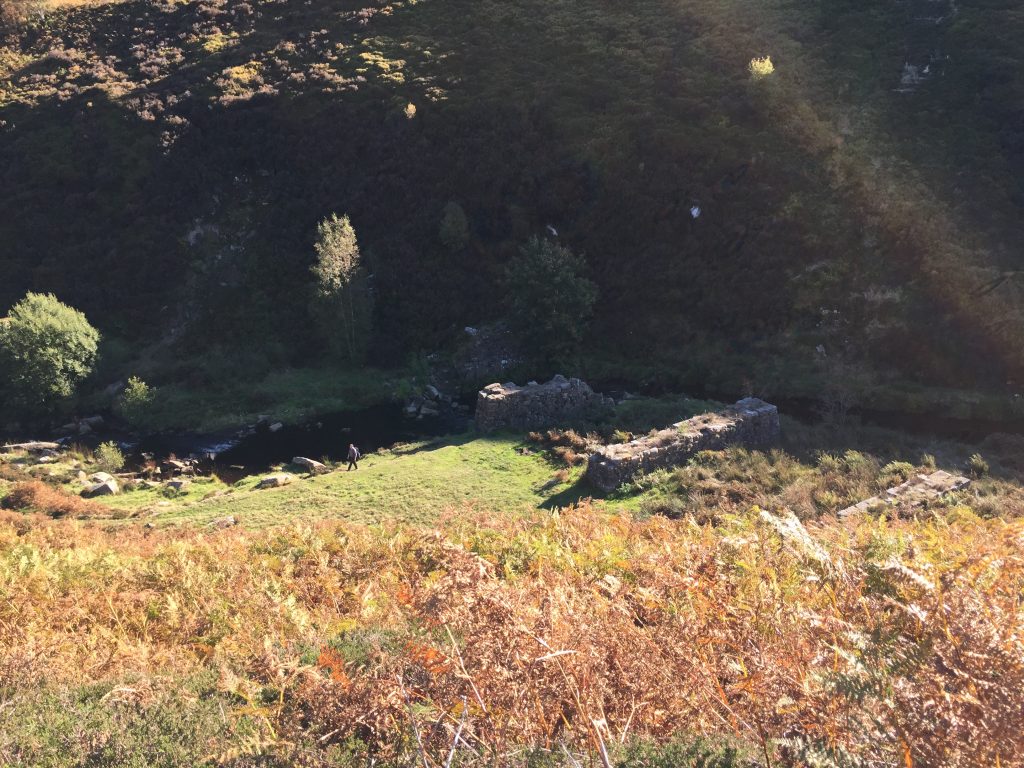
The figure near the water gives an idea of scale!
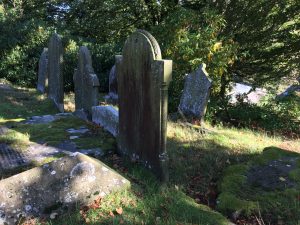
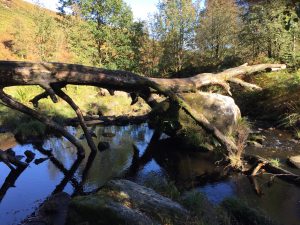

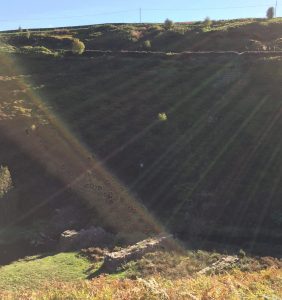
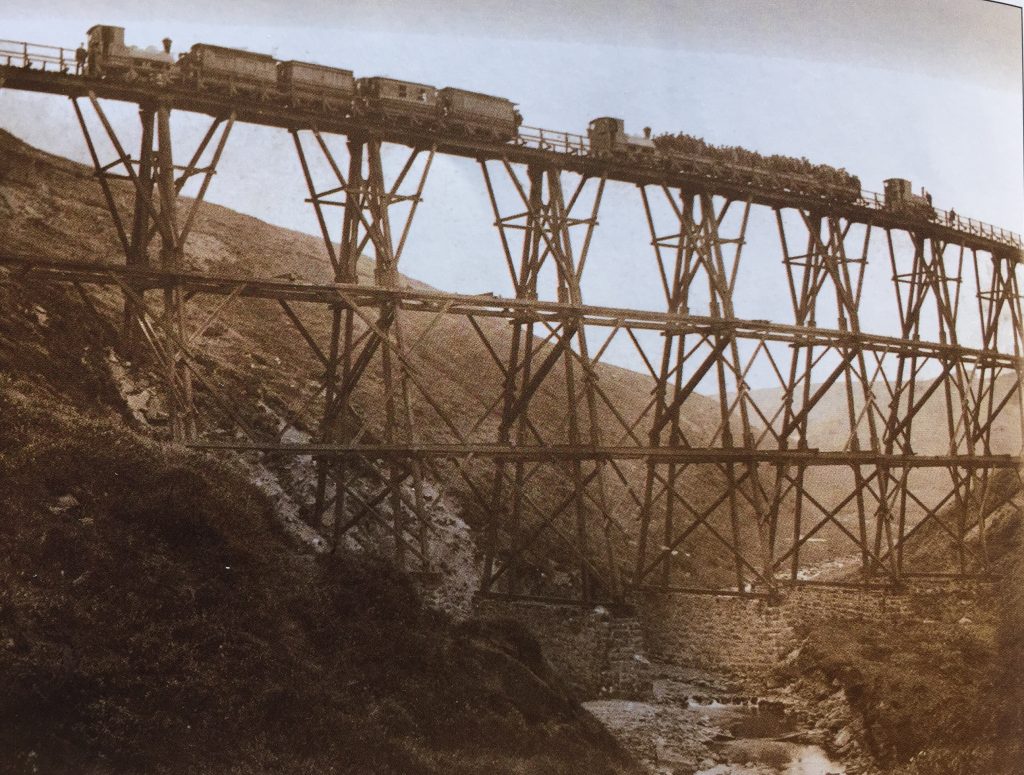
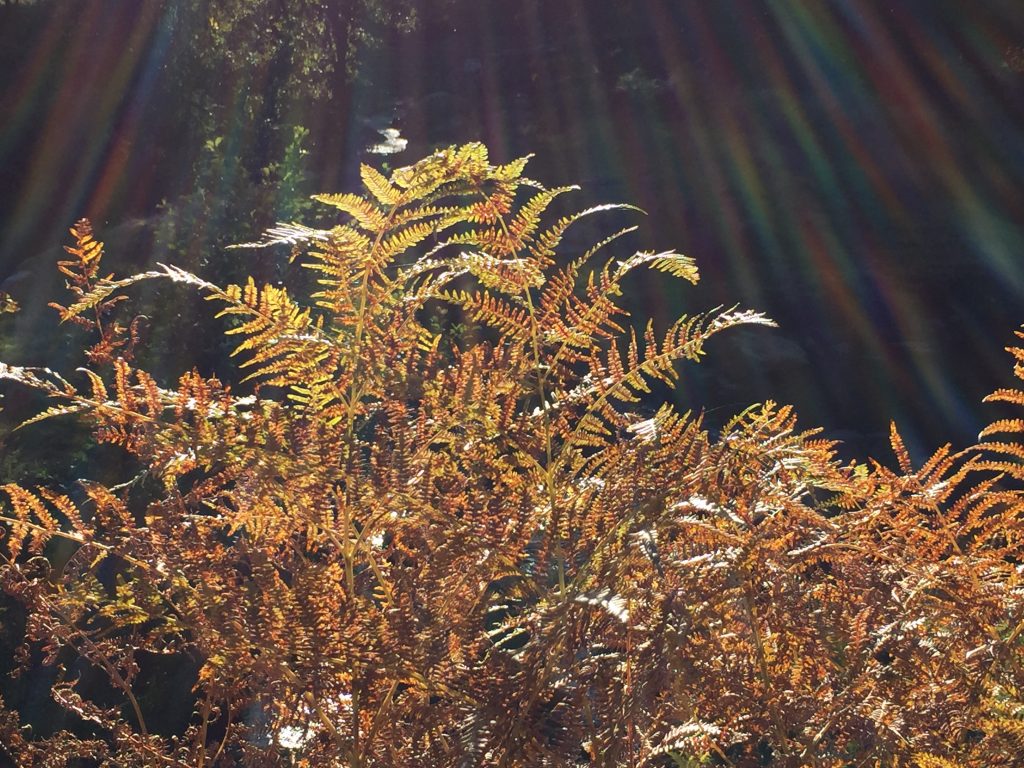
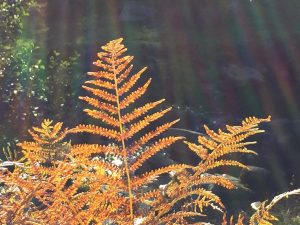
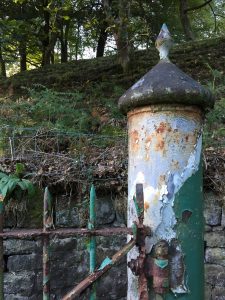
hmcreativelady

The figure near the water gives an idea of scale!








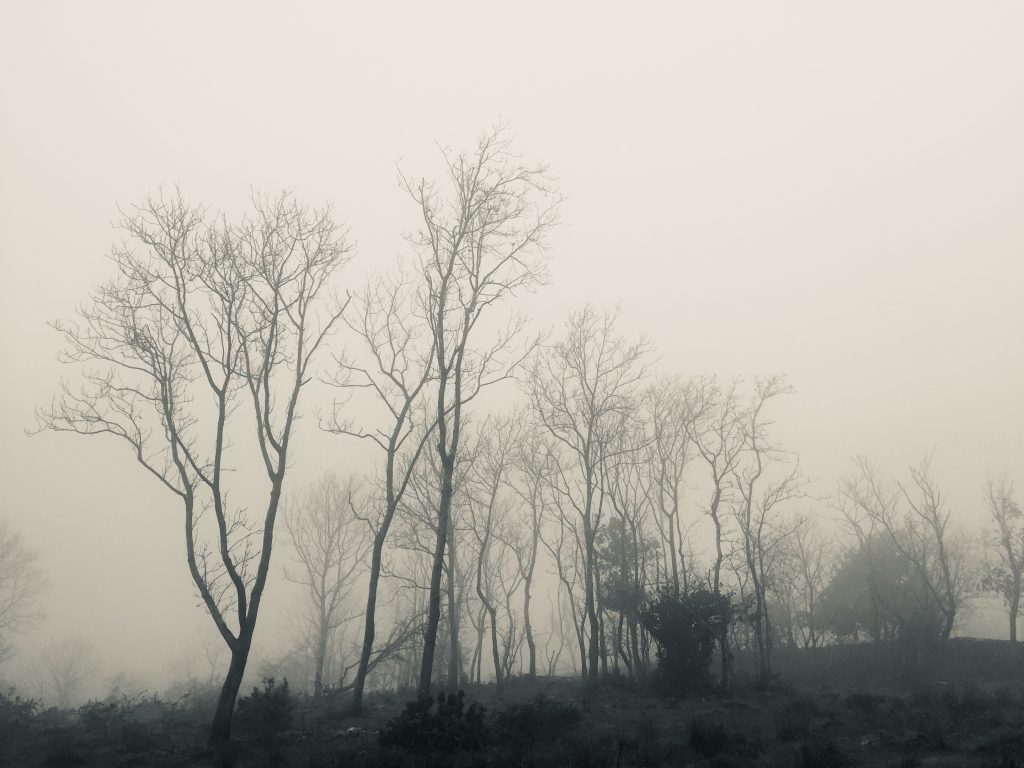
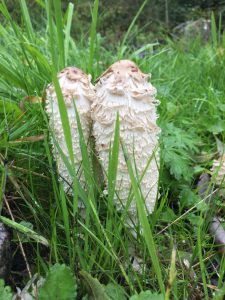
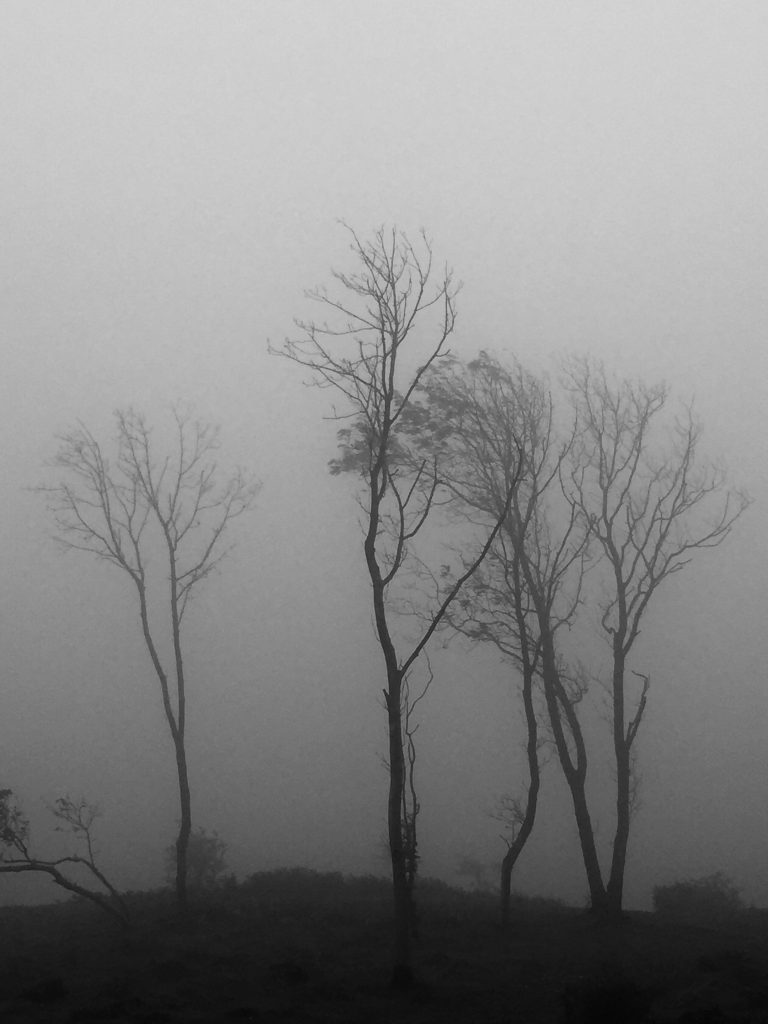
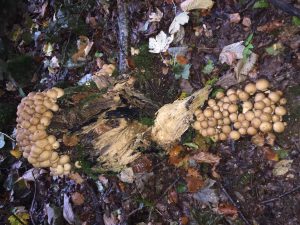
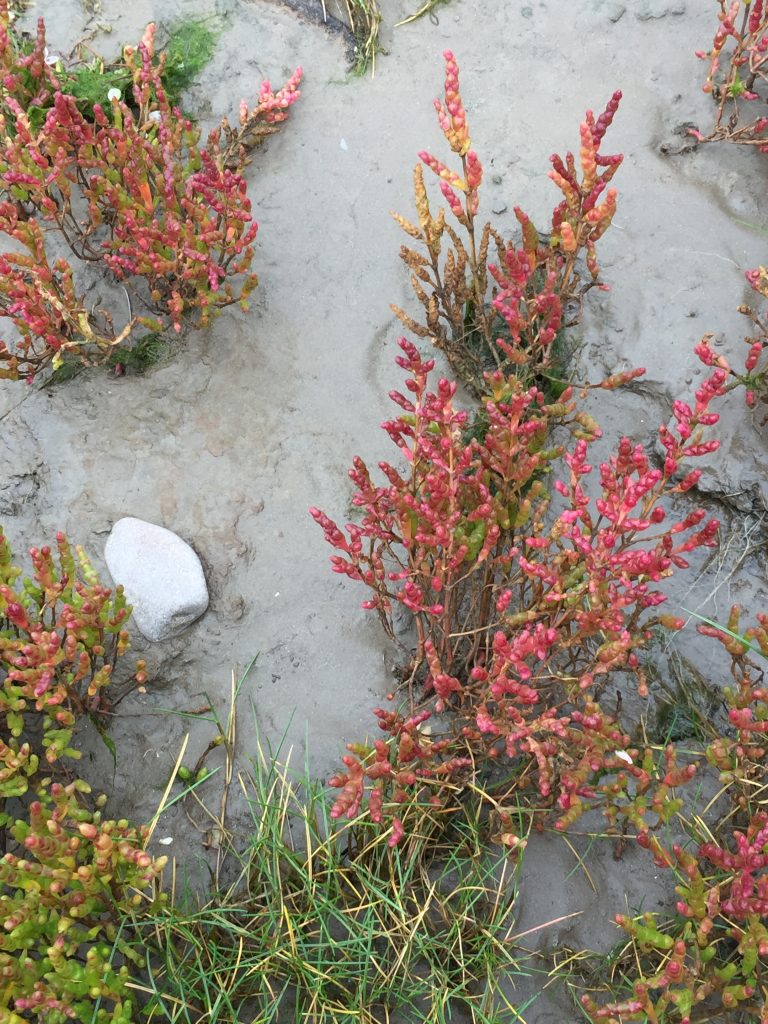
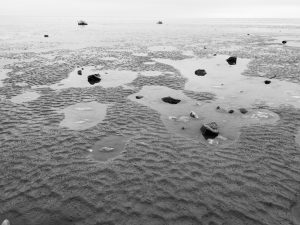


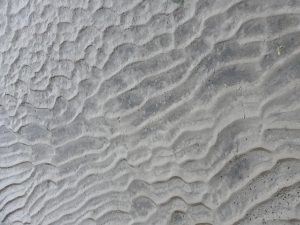
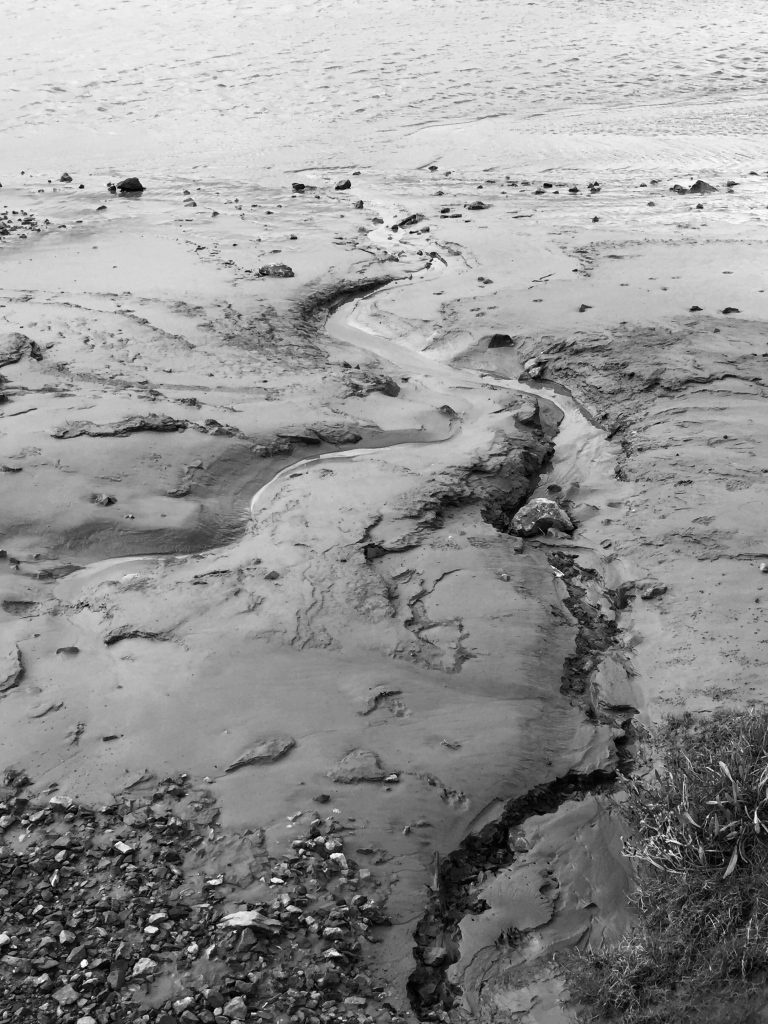
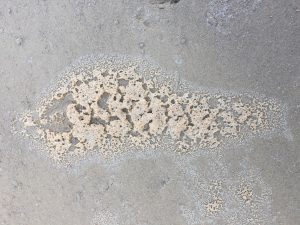
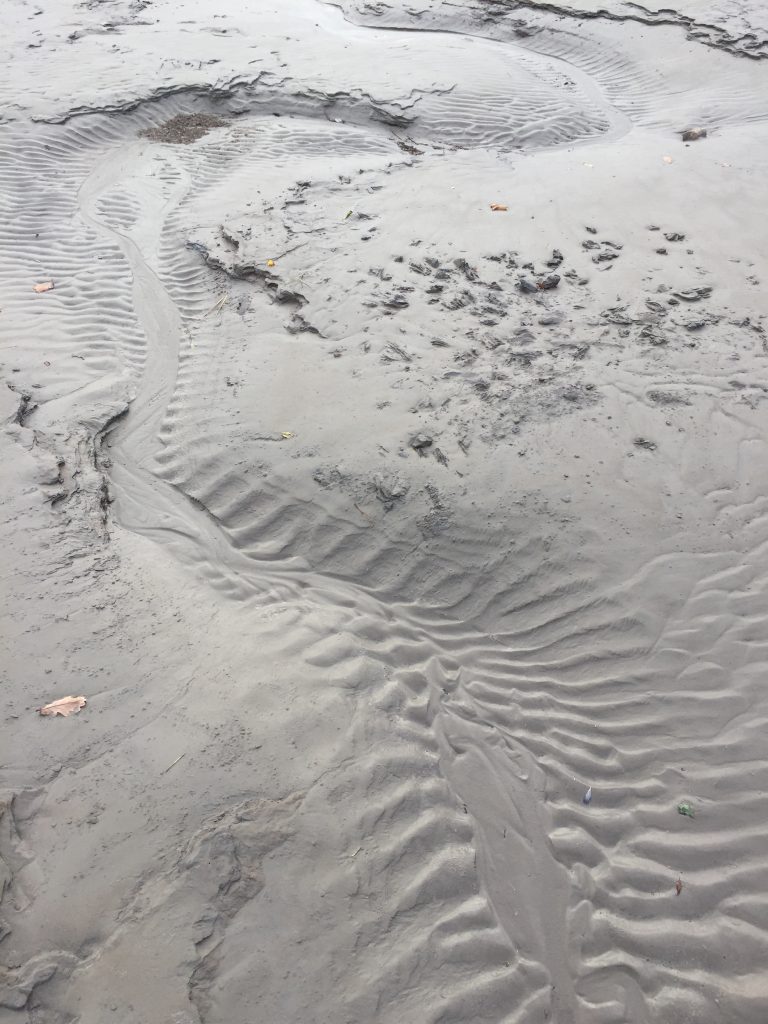
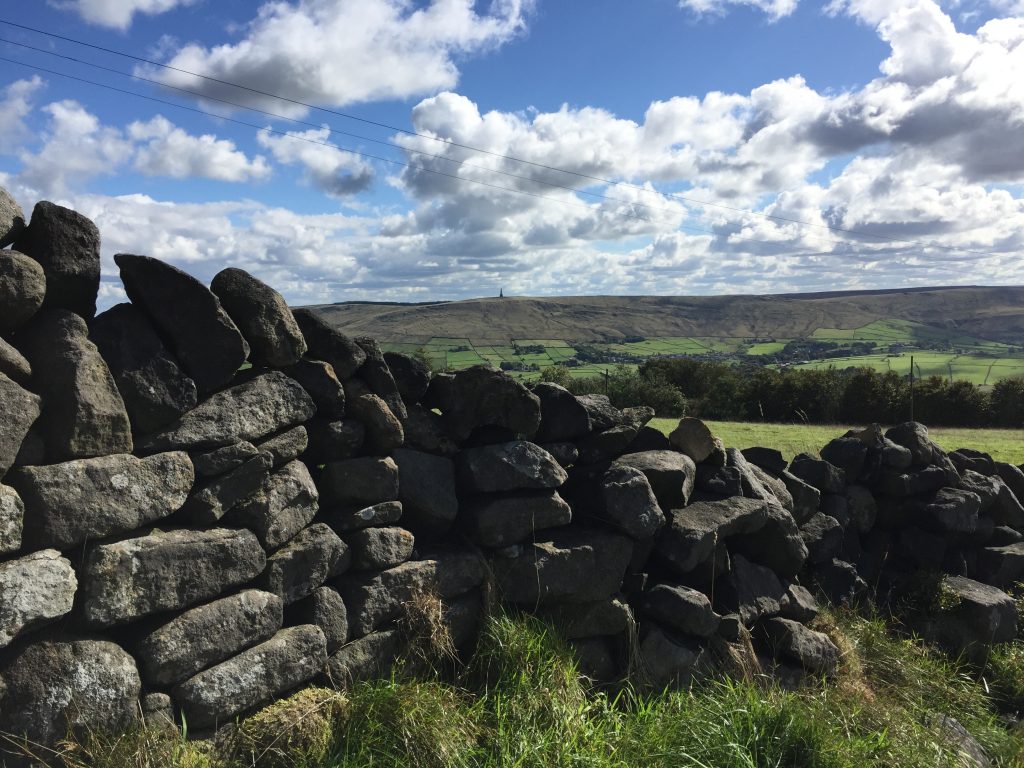
View of Stoodley Pike from the Long Causeway
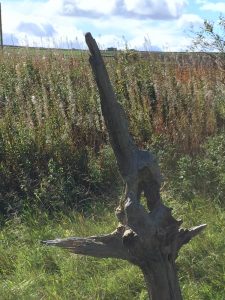
Chicken drum stick
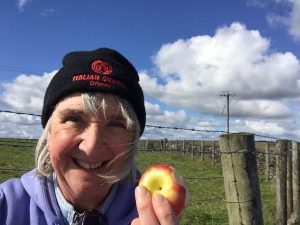
Time for a picnic . . .

. . . on t’ tops
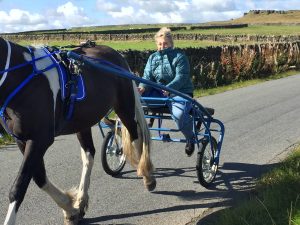
Is this what Calderdale people mean when they say they’re going out for a Sunday morning drive?
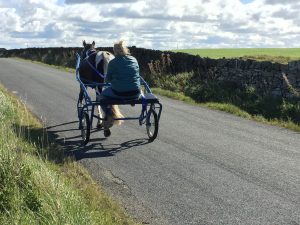
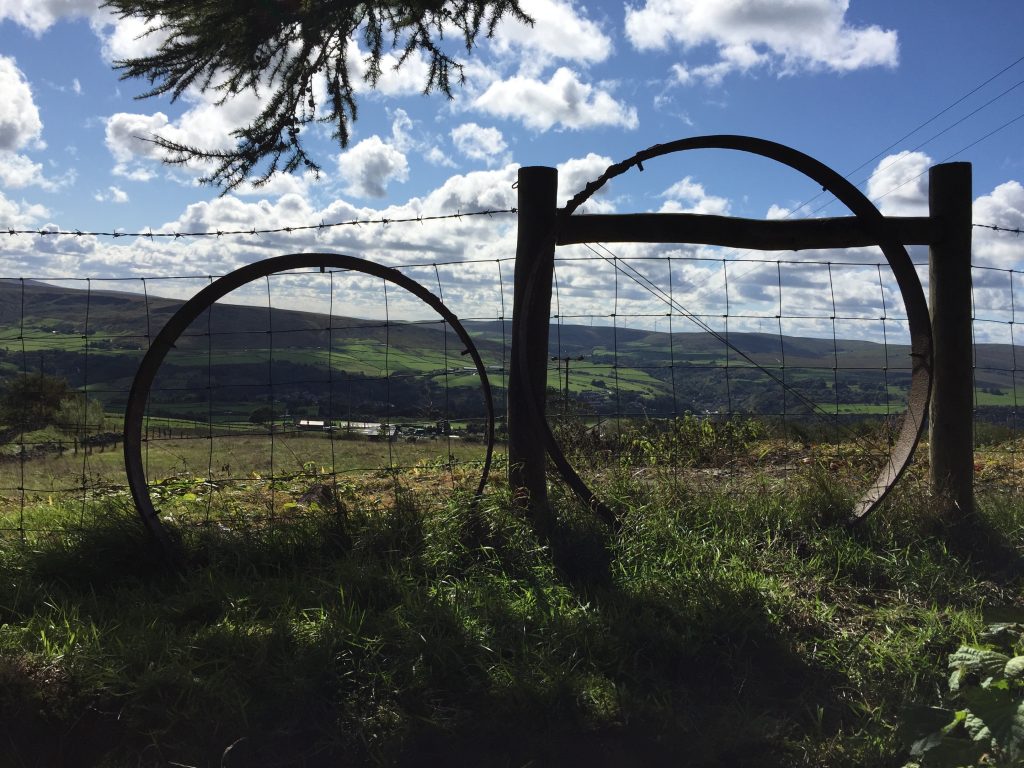
Wheel rims
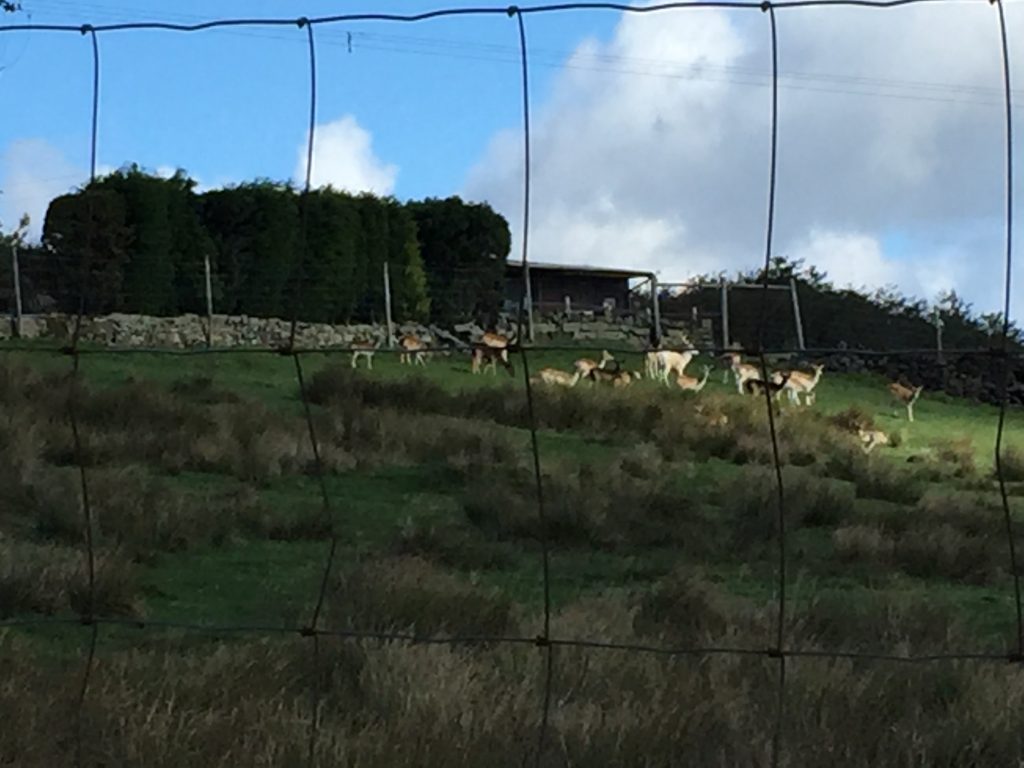
Grazing deer


Three sheets to the wind – Blackshaw Head
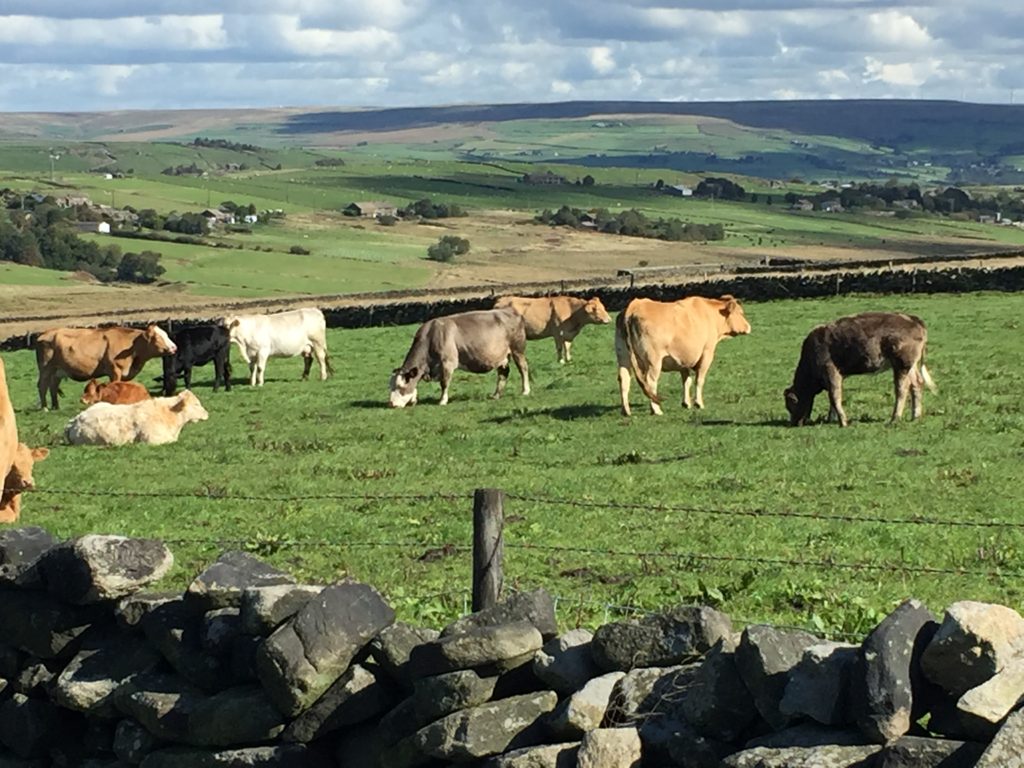
Pasture with a $1,000,000 view
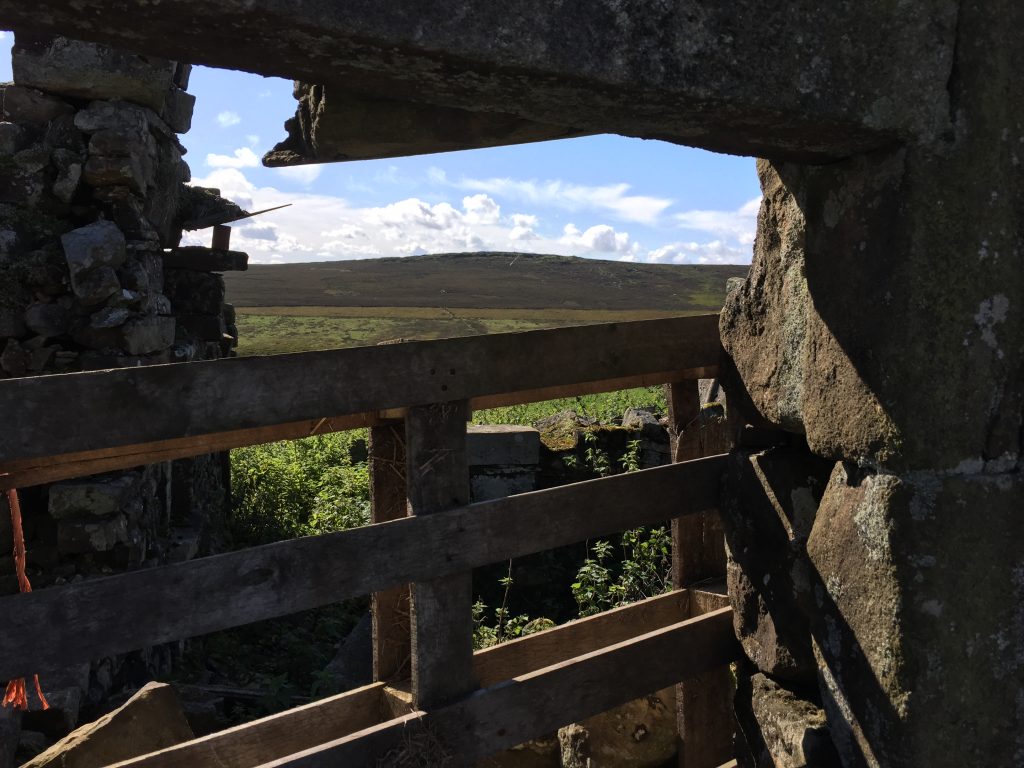
Looking towards Bridestones
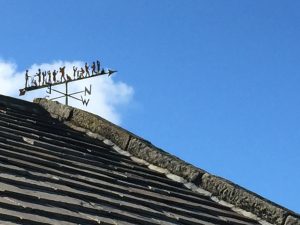
Fun weather vane, Blackshaw Head
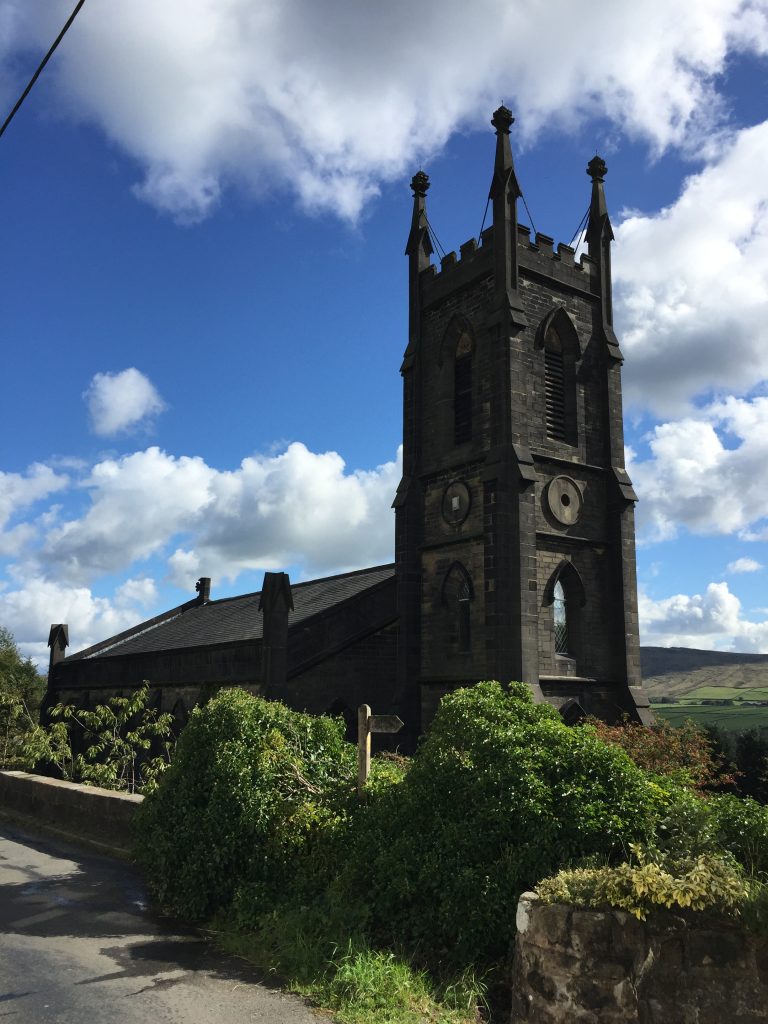
Cross Stone Church, high above Todmorden, has been closed since 1979 because it’s slipping down the hillside. Many of the interior features, including a wonderful stained glass window, were purchased by an American but were lost when the ship carrying them sank!
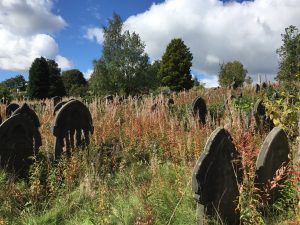
Cross stone cemetery

View from the church
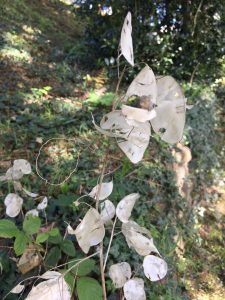
Honesty
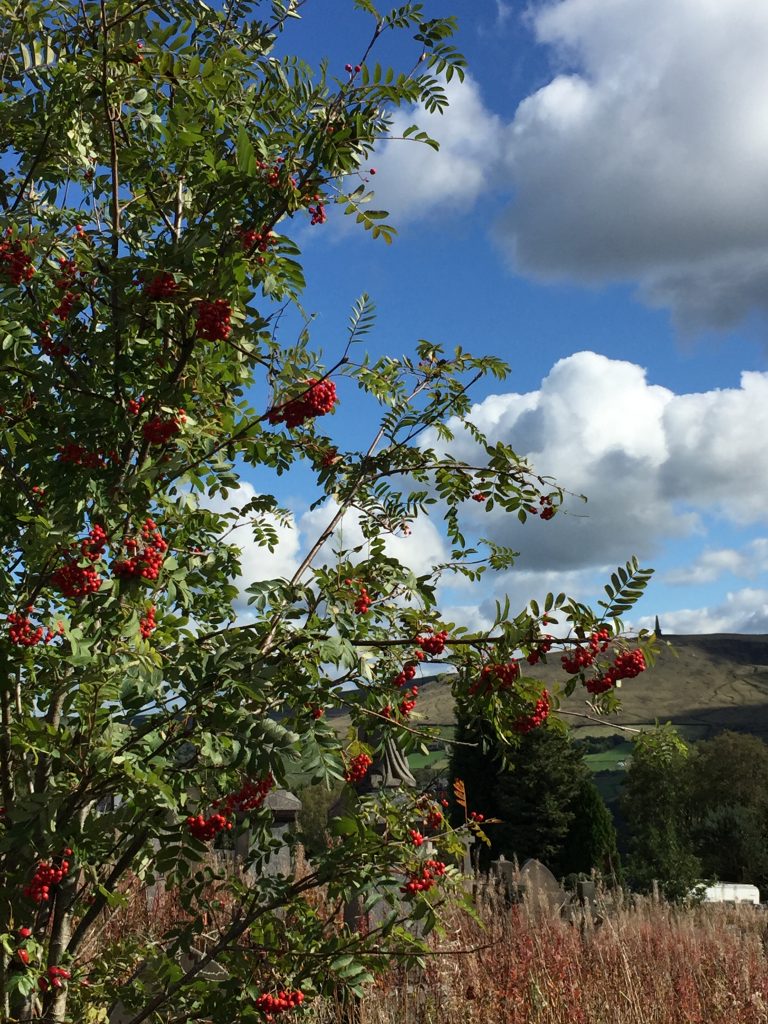
Rowan tree

Read carefully – and look up the lane. . .

Get it???
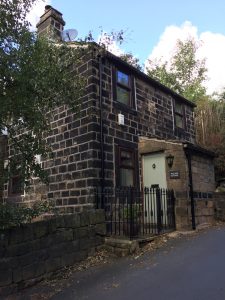
Toll House. So this steep path (1 in 17) was a toll road at one time.

When the bedrock interferes with your wall!

Looking across the Calder valley from Eastwood to Stoodley Pike
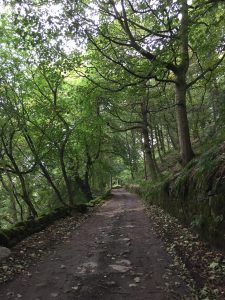
The road less travelled by – Eastwood Road
A couple of nights ago I found that Edward Binney Gibson had married Gertrude Ann Eastwood in 1910. At the time of their marriage Gertrude was a pupil teacher and he was a dentist. This got me thinking about Eastwood, a small area on the map exactly halfway between Hebden Bridge and Todmorden. Online I found a reference to Eastwood Old Hall, settled by the Eastwoods in the 1600’s. It’s perched high on the hill above the River Calder, right across the valley from Stoodley Pike. It didn’t look too far to walk – first a gently walk along the canal where the fall colours are rapidly becoming apparent – and then a steep climb up the hillside. Once off the canal and across the main road I became a little lost as Eastwood Road rapidly downgraded from a tarred road, to a cobbled path, to a dirt track. Just as I was contemplating returning to the canal, however, the postman drove up in his red van. And, lo and behold, he stopped right in front of me. Knowing that no-one would know the houses better than the mail man I asked the way and he willingly gave me directions. Yes, I was on the right trail. Just keep going through the switch backs and you’ll come to Eastwood Old Hall. “Is it all this steep?” I asked. “No! this is the steepest bit,” he assured me.
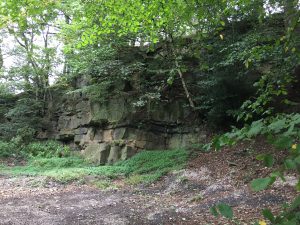
Stones from this quarry built Eastwood
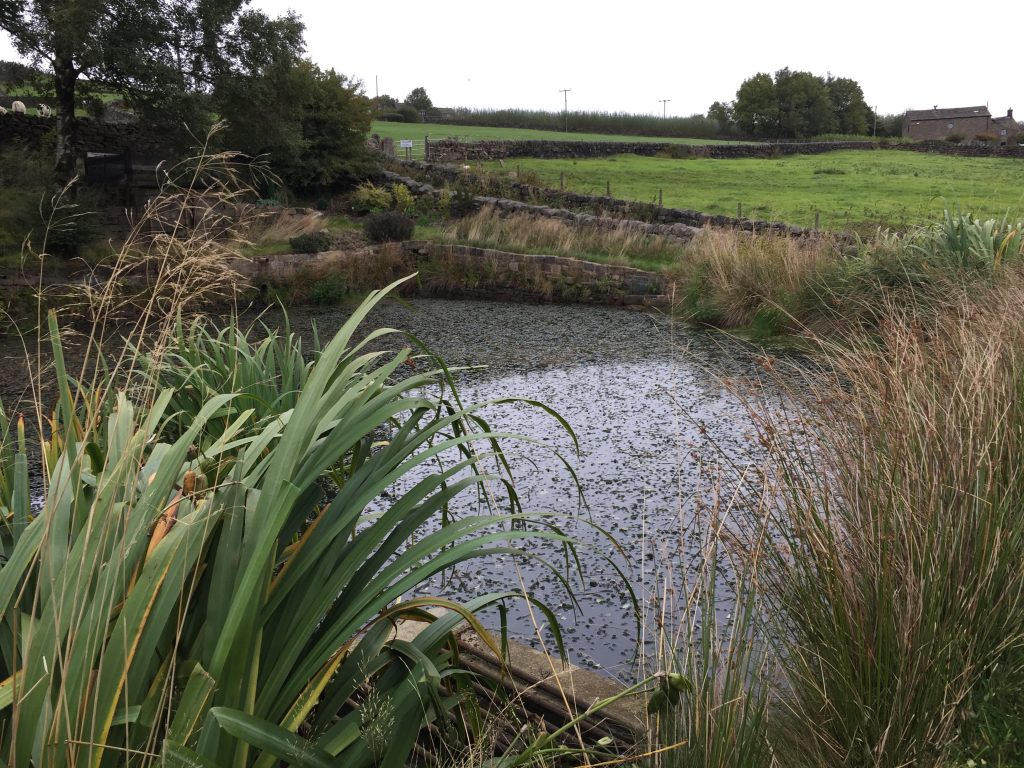
Mill pond
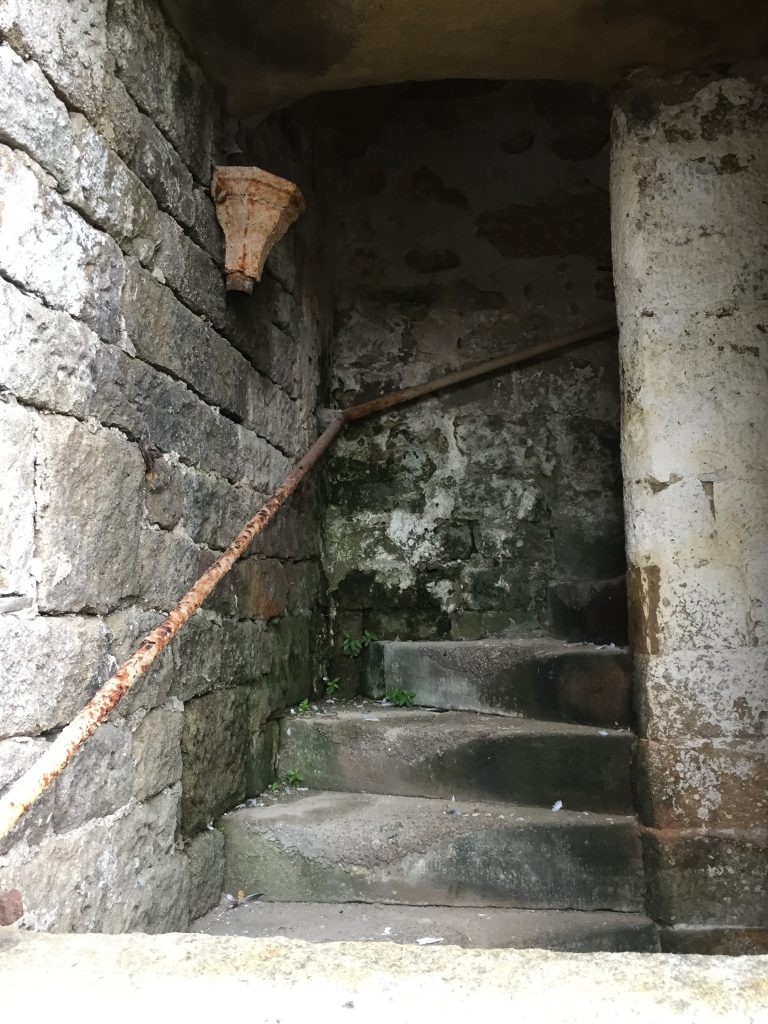
A peek into the mill
I found myself in dense woods and I passed an old outcrop of rock – millstone grit – that had obviously been used as a quarry, presumably to build the hall, I thought. Coming out of the woods I found myself facing a tiny hamlet of about 8 houses, an nineteenth century manor house on my left, a much earlier house with mullion windows on the right and behind them a row of cottages, again very old. A couple of barns had been converted into spacious homes. Every building had amazing views across to Stoodley Pike. I peeked through the gateposts into the garden of the new hall. 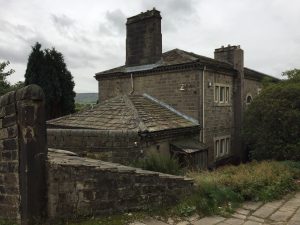
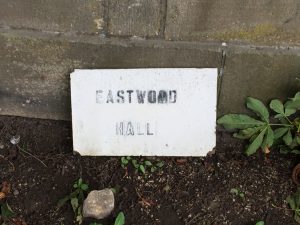 Construction of some kind was underway and a lady was talking on her phone so I continued and soon found a man tending his garden. I introduced myself, explained my reason for wandering around the hamlet and found that he was more than happy to give me a guided tour! He told me of the way in which Staupes dam had been constructed above Eastwood, the water being piped down to the mill’s holding pond, which is now a lovely feature of his garden. The water from the mill pond fed the machinery in the weaving sheds and he opened the abandoned mill. We climbed the steep spiral staircase where the steps are so heavily worn away by the clogs of the mill workers that the divets have had to be
Construction of some kind was underway and a lady was talking on her phone so I continued and soon found a man tending his garden. I introduced myself, explained my reason for wandering around the hamlet and found that he was more than happy to give me a guided tour! He told me of the way in which Staupes dam had been constructed above Eastwood, the water being piped down to the mill’s holding pond, which is now a lovely feature of his garden. The water from the mill pond fed the machinery in the weaving sheds and he opened the abandoned mill. We climbed the steep spiral staircase where the steps are so heavily worn away by the clogs of the mill workers that the divets have had to be 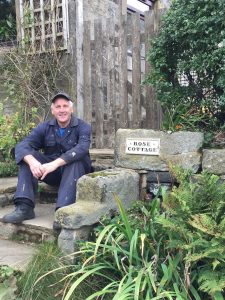
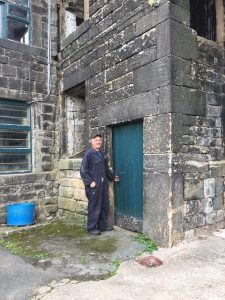 filled with concrete. The place was a photographer’s dream! Well, a photographer who’s chief pleasure is ruined buildings. This one was comparable with some of the stamp mines in the ghost towns of California and Nevada. We exchanged contact info so that I could return. On my way back down the hill I spent almost an hour talking to the lady who lives in the mill owner’s house. Her knowledge, not only of Eastwood, but the surrounding area and its ancient pack horse footpath, was impressive. We stood in her garden, taking shelter from the rain which was now coming down heavily under the vast horse chestnut trees which were losing their conkers by the minute. She told me how the stream, when it left the weaving mill, was taken by culvert further down the hillside and provided power for the dying mill. What ingenuity.
filled with concrete. The place was a photographer’s dream! Well, a photographer who’s chief pleasure is ruined buildings. This one was comparable with some of the stamp mines in the ghost towns of California and Nevada. We exchanged contact info so that I could return. On my way back down the hill I spent almost an hour talking to the lady who lives in the mill owner’s house. Her knowledge, not only of Eastwood, but the surrounding area and its ancient pack horse footpath, was impressive. We stood in her garden, taking shelter from the rain which was now coming down heavily under the vast horse chestnut trees which were losing their conkers by the minute. She told me how the stream, when it left the weaving mill, was taken by culvert further down the hillside and provided power for the dying mill. What ingenuity.
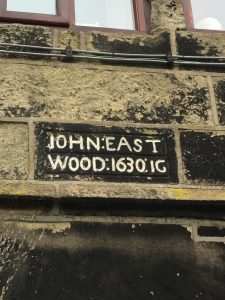
Date stone on the row of cottages

Workers’ cottages dating from 1630. The addition on the left is newer.
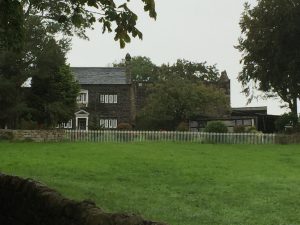
The old hall

The mill
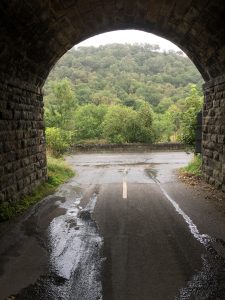
Returning to civilzation!
Heading back down the hill in the driving rain, apparently Storm Bronagh, I realised that walking into Todmorden was not practical so I caught the bus back into Hebden Bridge, where, for the rest of the day, intermittent minutes of sunshine swapped places with minutes of torrential rain.
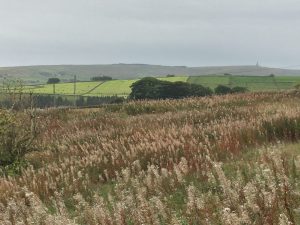
View across the hills to Stoodley Pike
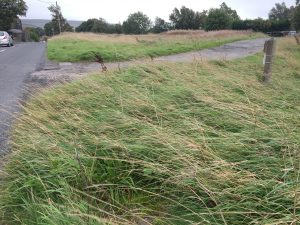
Grass is bent almost horizontal by the wind
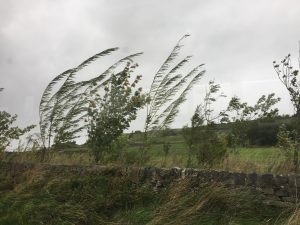
Gusting wind
I’d spent last night listing addresses close to Hebden Bridge where some of my ancestors had lived. This morning I set off on the bus to Blackshaw Head, a tiny hamlet high on the moors where Florence Sunderland, the mother-in-law of my 2nd cousin 3x removed had been born in 1883. The walk would also take me past Scammerton Farm. I knew that rain was forecast and by the time the bus had got to the tops the rain had began, but more impressive was the wind. It was blowing like crazy up there. This is, in fact, the first named storm of the season – Storm Ali, and in the usually windy areas of Slack top and Slack Bottom, the full force was bending the grasses at 90 degree angles, berries from mountain ash trees were flying through the air like red projectiles and large branches of oak and beech trees were taking flight. In the midst of the this mayhem I was sitting comfortably, chatting to the bus driver who was telling me his life story! He’d been a bus conductor at the age of 20, unable to get a HGV license until he turned 21. Then he got his license, drove big lorries up and down England, living in the cab. He’s currently enjoying tennis lessons and is looking forward to going to a week’s tennis camp in Norfolk to improve his second serve. I couldn’t help but comment, “Sounds like a busman’s holiday to me!”
As the rain threatened to shatter the windscreen with the force of the wind I wished him well and alighted at Slack Top. As I walked along the road there were occasions when I was almost blown over, but I felt totally at home in this environment. Then it struck me. No, not a branch, but the realization that I felt totally at home because of the sound of the wind in the telephone wires. This was the sound that I lived with daily at Affetside – the moaning wail of the singing wires as I crossed the field from the stile to 3rd Bungalow.
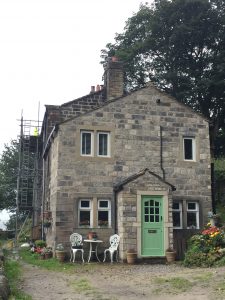
Construction at Lily Hall
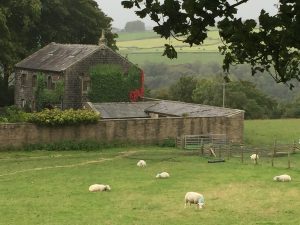
Autumn ivy colour
I passed Slack Chapel that my Wrigley ancestors built in 1863, the same date as the building in which I currently live, which they built too. One of favourite road signs was perched outside the chapel today: “Cats eyes removed.” The rain was coming from the direction of Stoodley Pike which kept fading in and out of the swirling cloud. The raindrops on my face felt as though I was being pelted with tiny pebbles as I headed into Heptonstall, past the ‘Hedgehogs Crossing’ sign. I considered having a wander around the churchyard but decided to just get back into the valley. I
passed the construction work at Lily Hall where my great great grandma was born in 1842, and by the time I reached Queens Terrace that the Wrigleys also built the rain was very heavy. I bumped into a friend in town who commented that I looked like a drowned rat! Wow. What a fun – and unexpected – morning. I’ll have to save Scammerton farm for another day.
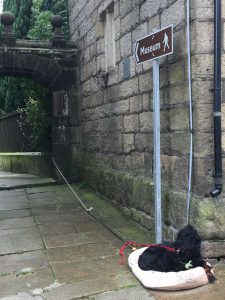

Unfortunately I can’t spell Unfortunately!
Message on Facebook’s Heptonstall page when I got home: Large tree branches down across Lee Wood Road near the bend. Passable but single file. Reported to Calderdale.
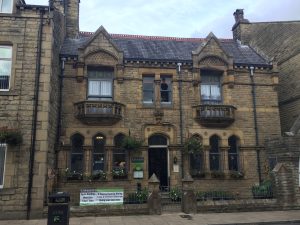
The imposing Oxford House
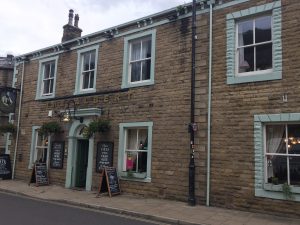
The Albert
I found myself energized by the morning’s hike and so by mid afternoon I was ready for further exploration. Two major buildings close to my apartment were constructed by my Wrigley ancestors: The Albert pub, where, last week, I’d joined a young lad in a piano duet version of Hear and Soul, and Oxford House, an ornate building that’s now a vegetarian restaurant that I’ve yet to eat in. Next on the agenda was 8 Old Gate where Willie Wrigley was living in 1911 with wife Charlotte and three young children.
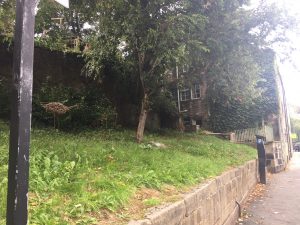
Site of former houses on Old Gate
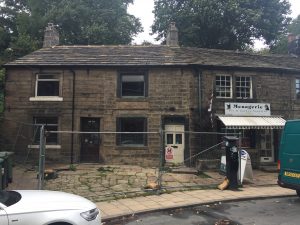
Houses on Old Gate, next to Old Gate pub – the first pub I ventured into on my first night in Hebden Bridge
What he got up to is quite a good read and deserves its own post!
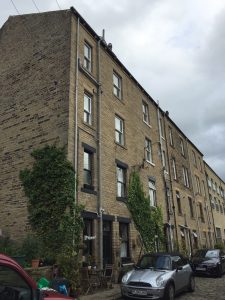
12 Brunswick Street, the end house

Melbourne Street’s former fustian factory

Hebden’s Bridge
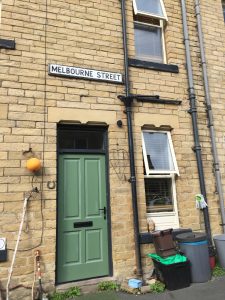
4 Melbourne Street

Old door to the factory
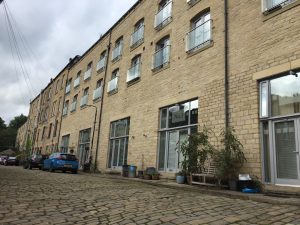
Former fustian factory on Melbourne Street
This week I discovered a new line of research in my ancestry. Ok, it’s tenuous in that I don’t share a direct bloodline with my new-found relatives. The connection is through marriage but just how close I now live to these relatives is amazing. So yesterday I went out in search on where they lived. In genealogy terms Florence Sunderland is the mother-in-law of my 2nd cousin 3x removed – 1883-1942. She was born in Blackshaw Head from where I’ve taken several walks along the tops. By the time she was 8 she was living in a cottage just at the far end on Heptonstall, Spink House. I couldn’t find it on the map, but a posting to the Heptonstall Facebook site soon elicited several responses, one from someone who used to know the family that lived there at one time. Florence married a man whose surname was the same as her maiden name. Sunderland is a common name in this part of West Yorkshire and I’ve visited the ruins of Sunderland Hall, which most Bronte experts believe was the genesis for Wuthering Heights. 1911 sees Florence, husband and young daughter living at 12 Brunswick Street, so off I went to find it. There it was, a four storey end of terrace only one street away from where I spent the summer in an AirBnB two years ago! She is listed in the 1911 as working as a wholesale clothier (fustian). In the late 19th century, fustian production was one of the most important industries for Hebden Bridge and the Calder Valley – so much so that the town became known as Fustianopolis. Fustian is a variety of heavy cloth woven from cotton chiefly prepared for menswear. Corduroy is a fustian fabric. Her brother, Giles, died in WW1. He is remembered on the Thiepval Memorial, France. It seems unthinkable that a young man who lived at Scammerton farm in Heptonstall should die on the battlefields of France. 418 men from Calderdale lost their lives in WW1. Hope Chapel, next door to me, is honouring them all in November and a display is being organised with as many photos as possible. I wonder if someone will share a photo of Giles. Three years later Florence’s other brother died, aged 42. He’s buried at Cross Stones church, Todmorden, a church set high on the hill above the town – a hill that I haven’t yet climbed! 1939 finds Florence and her husband living in the next street to Brunswick Street, Melbourne Street. This was the street that led to my AirBnB two years ago, so I passed her house every day. She is wholesale clothing machinist and her husband is a dyer’s labourer. Melbourne Street was the site of a large fustian mill that has now been converted to apartments so I would presume she and her husband worked at that mill. I haven’t found a record of her husband’s death yet, but Florence remarried at the aged of 56, dying two years later in the house on Melbourne Street. And the next day I discovered that my Wrigley relatives had actually built the Melbourne Street clothing factory!
In a recent visit to a masterclass given by the BBC Philharmonic last week at the BBC studios at Media City, Salford Quays, an error in the program listed Elgar and Copland as having the same dates. What fun! So I combined the two works that were featured in the masterclass – Appalachian Spring and the Enigma Variations.

The natural miniature garden on the wall surrounding Widdop reservoir inspired my first project in my new art class which began today: Textile design.
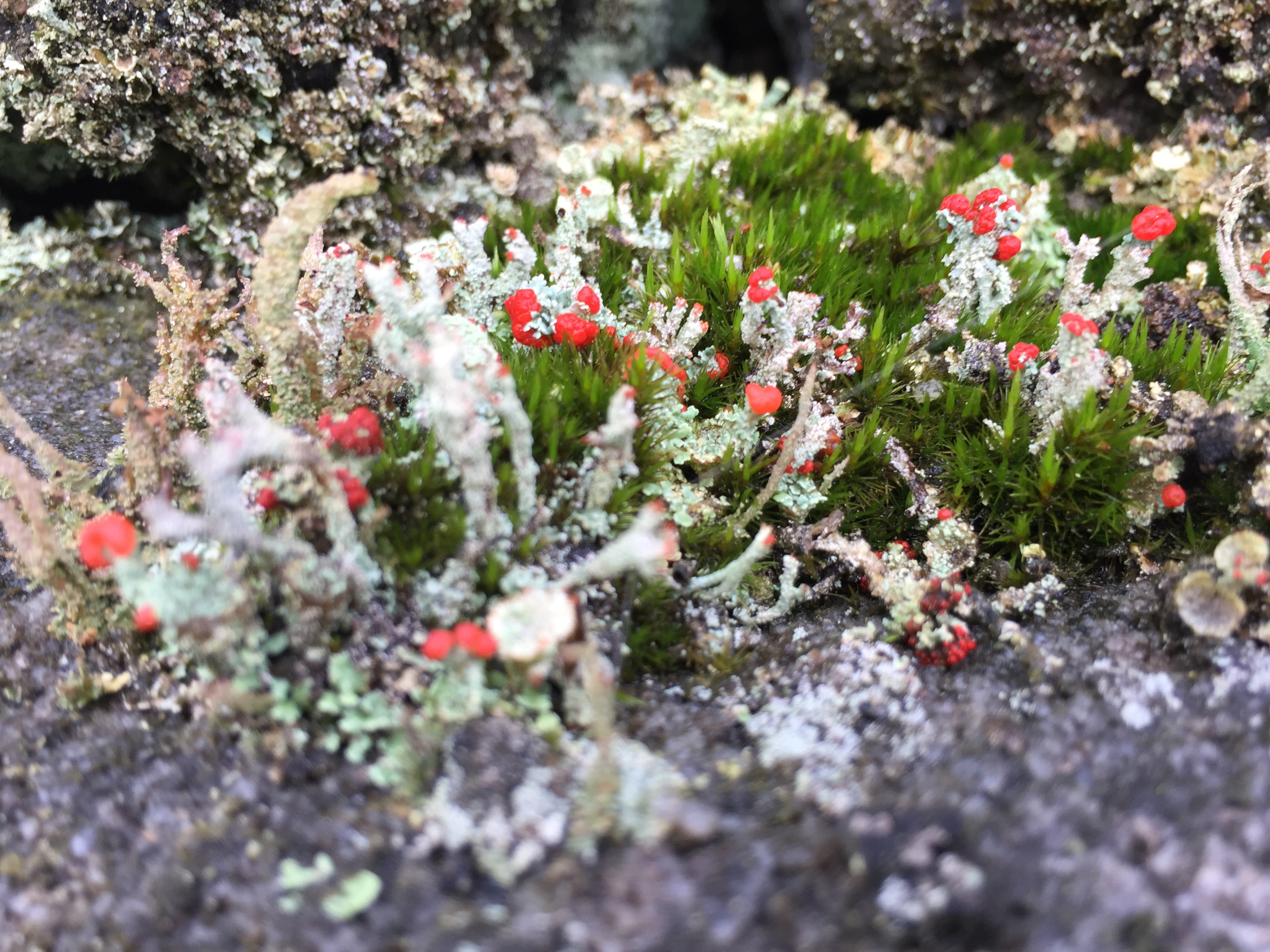 r
r
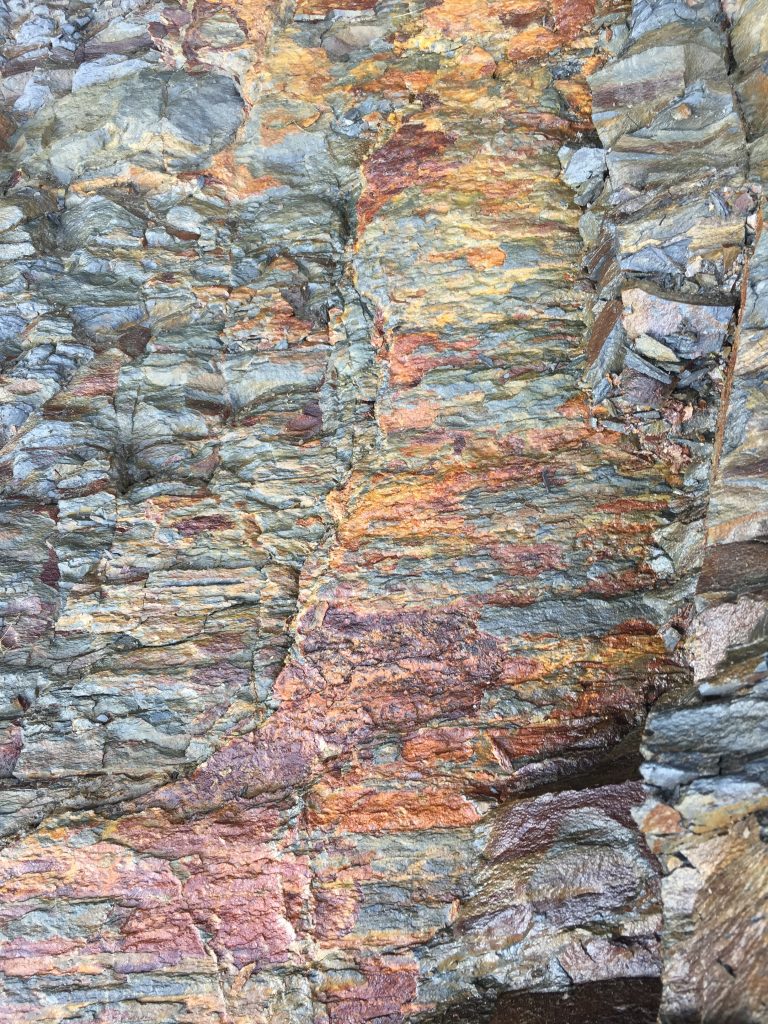
Amazing shades of shale
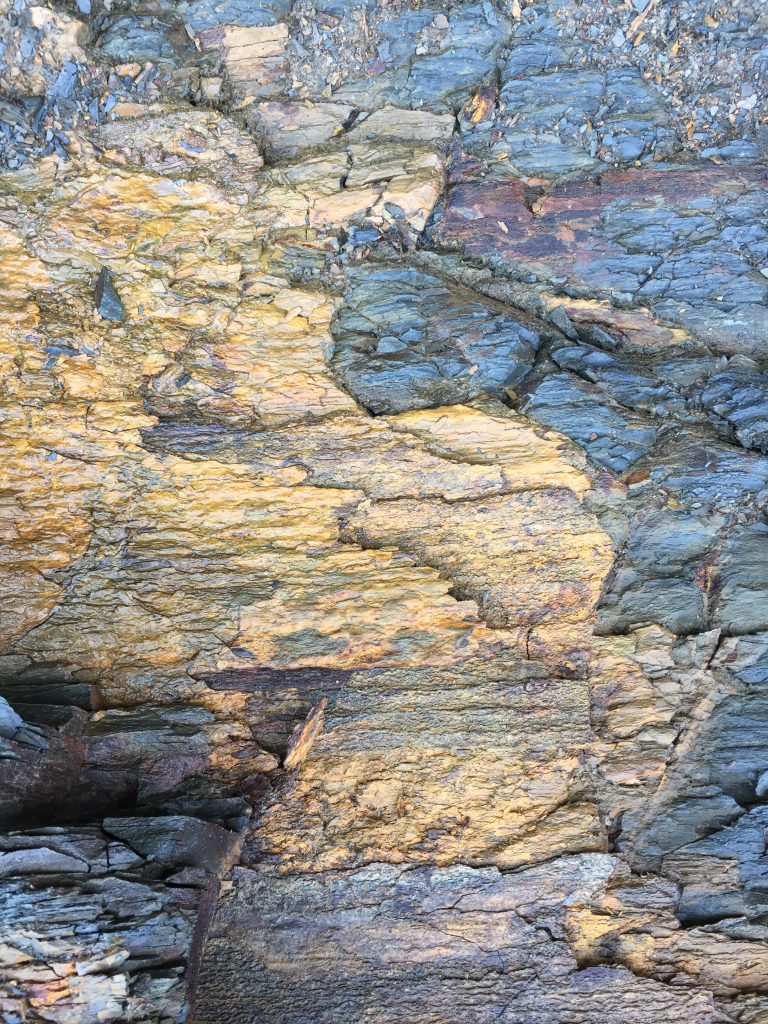
No filter was harmed in the making of this photograph

1000ft sheer cliff face. Actually a little gully feeding the rez
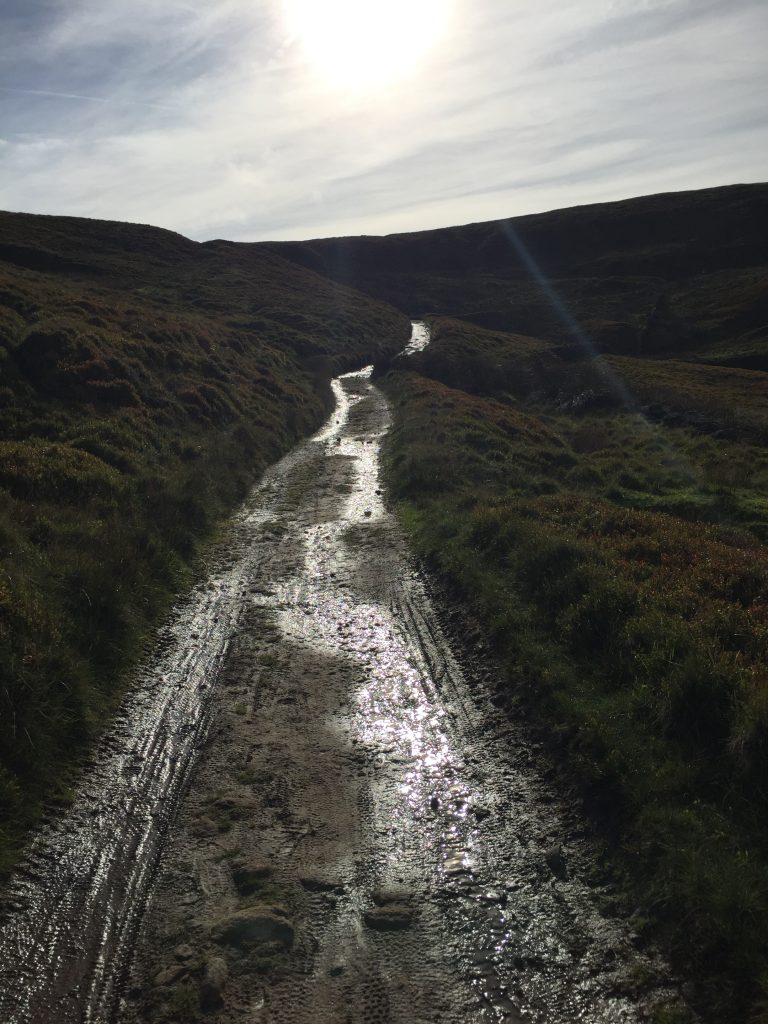
“Set sail for the Sun” Stockhausen (perfect)
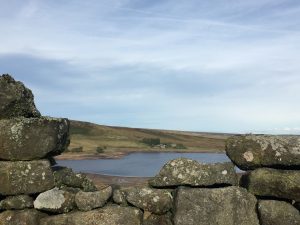
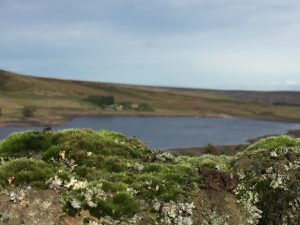
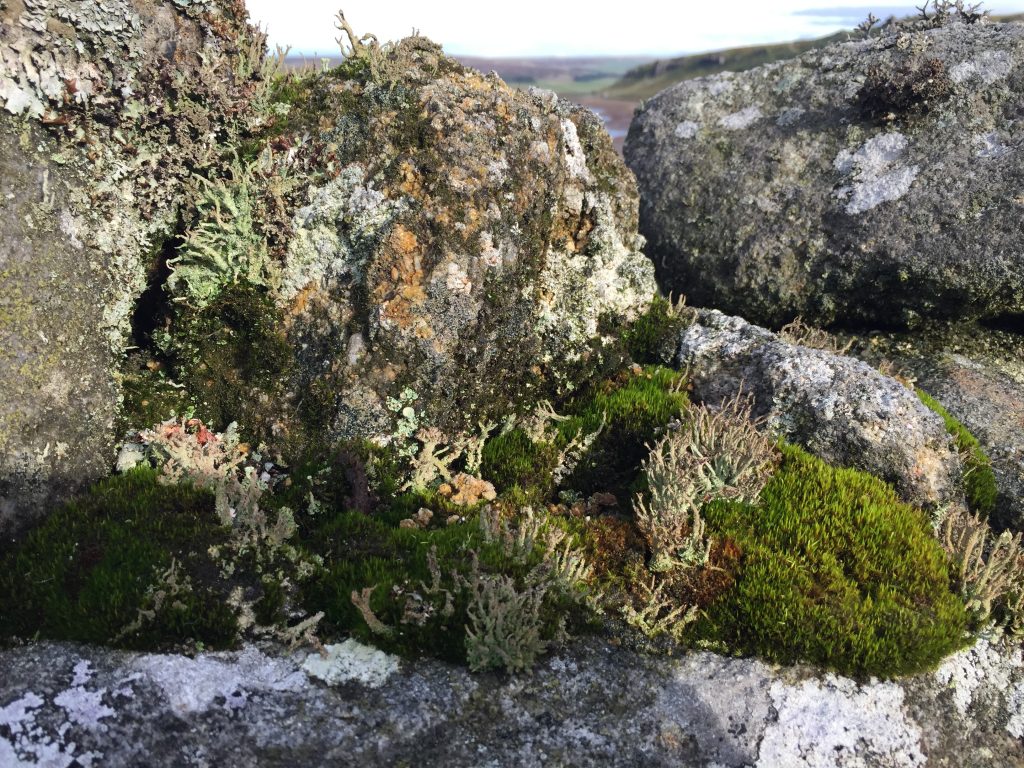
Amazing miniature rock gardens have sprouted on the stone walls around the reservoir

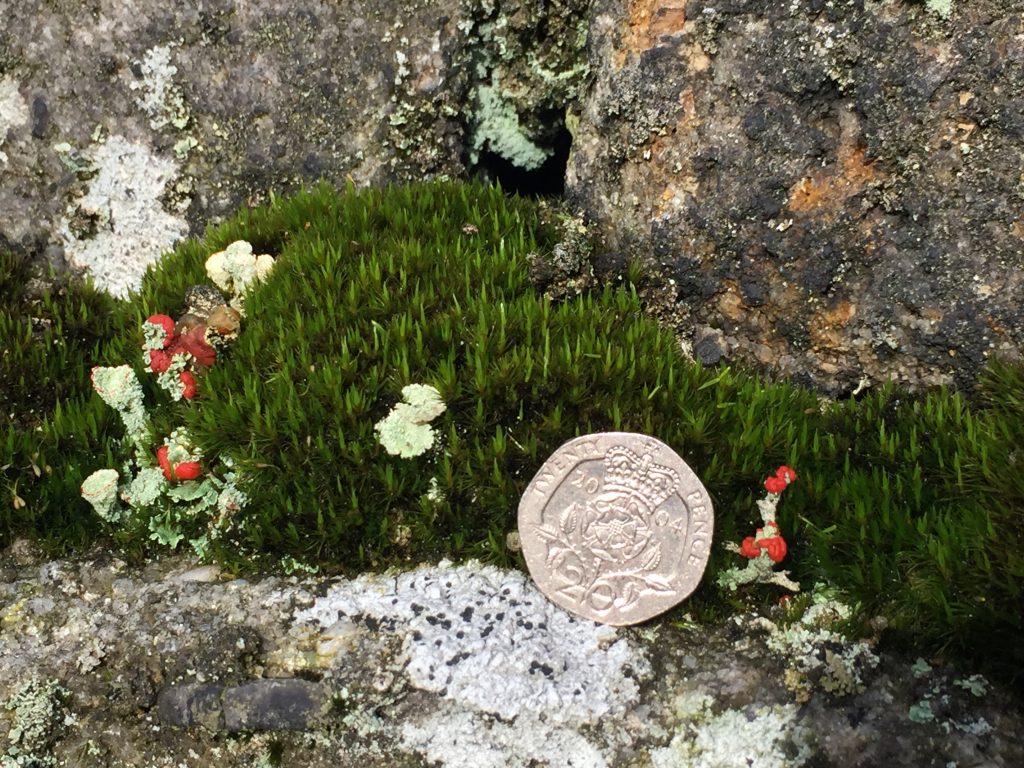
They look like mermaids’ gardens
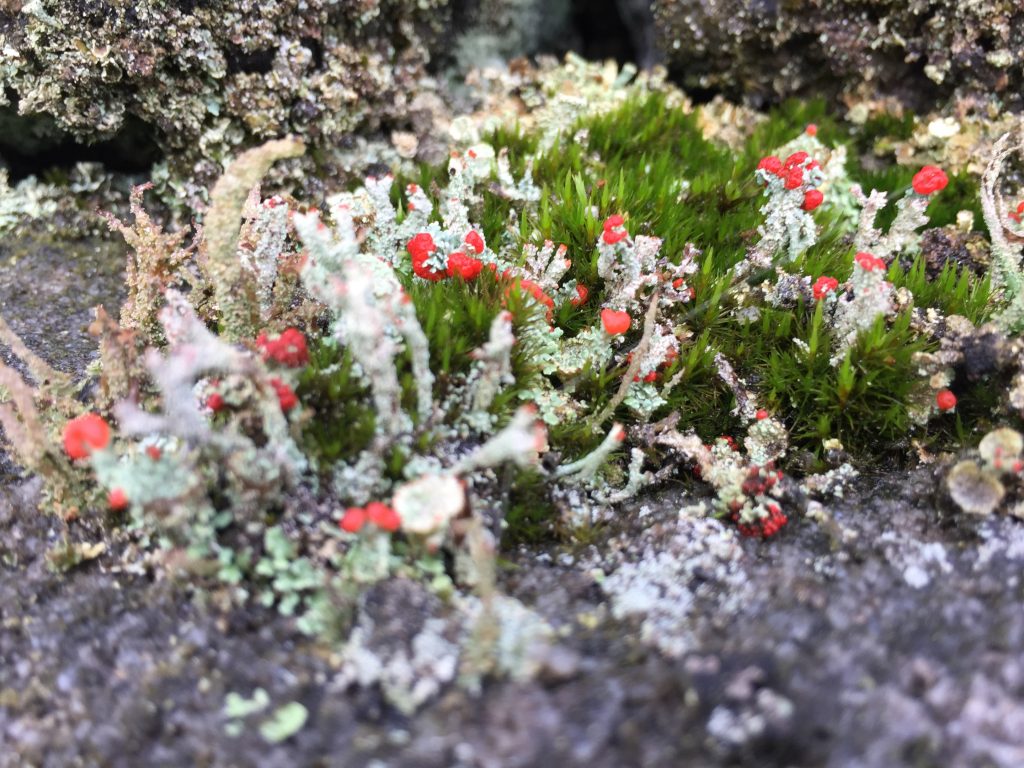

Definitely tell that fall is on its way


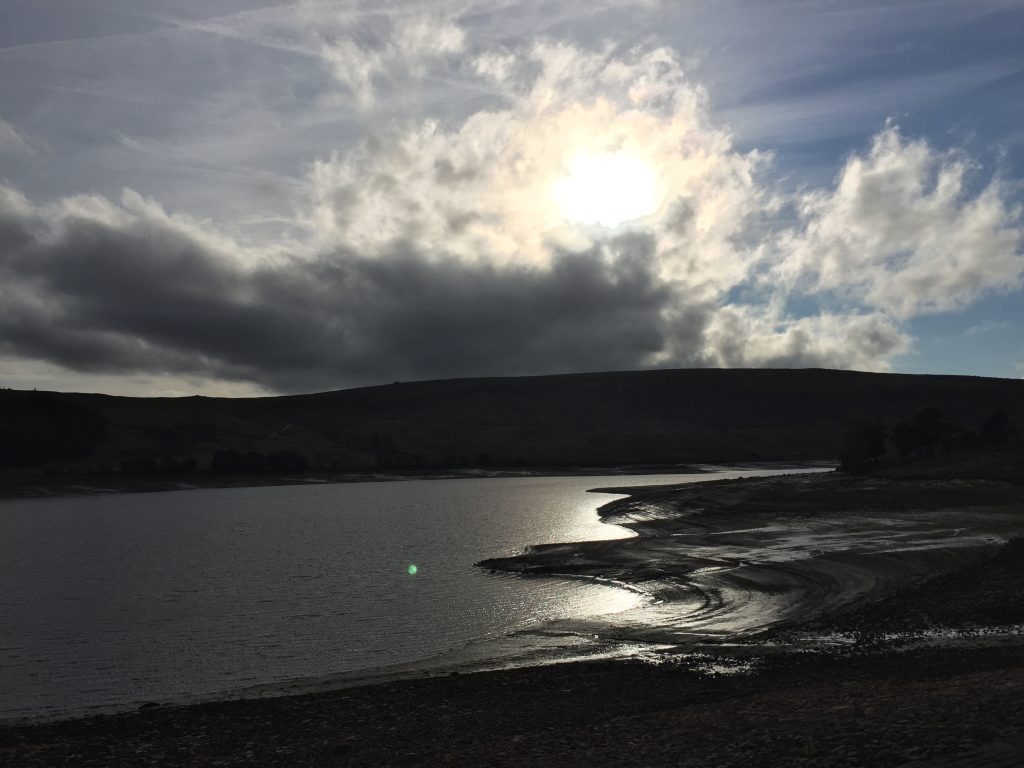
Due to the strike on Northern rail train services I only managed to arrive for the final concerto of the evening. BUT, that was a performance by the overall winner of the competition, AND I got to sit in my favourite seat just below the organ. Oran music opened the awards ceremony and I was very nearly blasted off my seat. AND I didn’t expect to see Lang Lang there presenting the prizes, so overall it turned into a rather enjoyable evening.
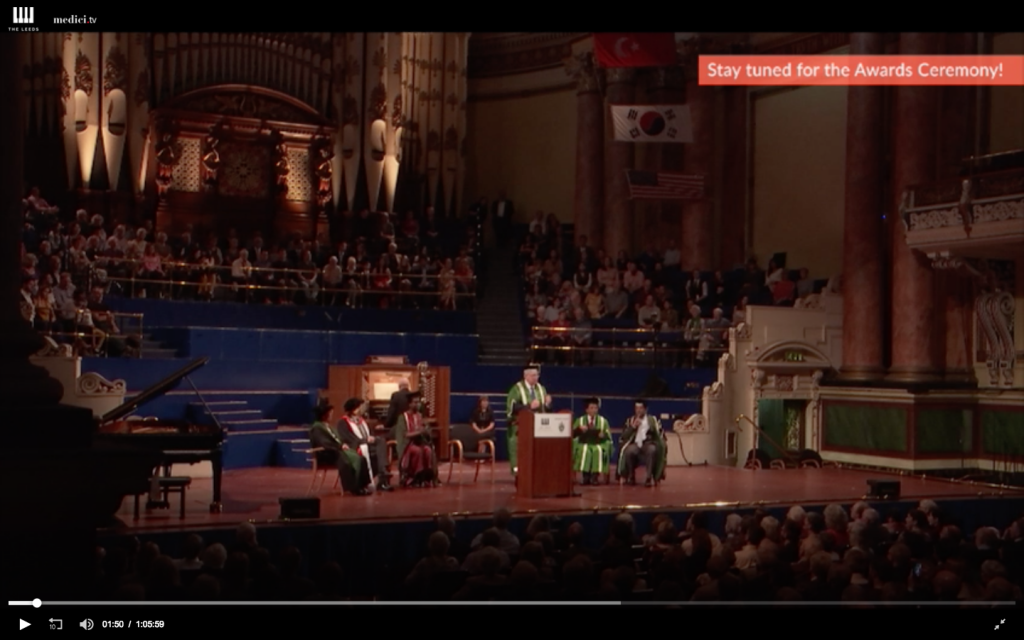
I’m sitting just beneath the floodlit organ pipe on the right
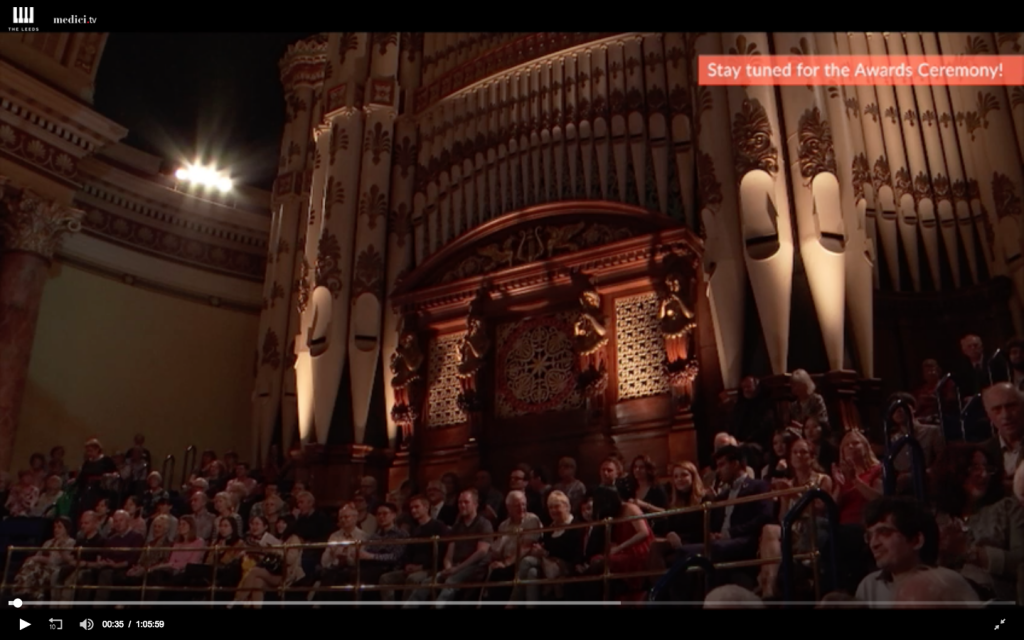
Organ music opened the awards ceremony. It nearly blasted me off my seat!

View of the organ pipes from my favourite seat in Leeds Town Hall
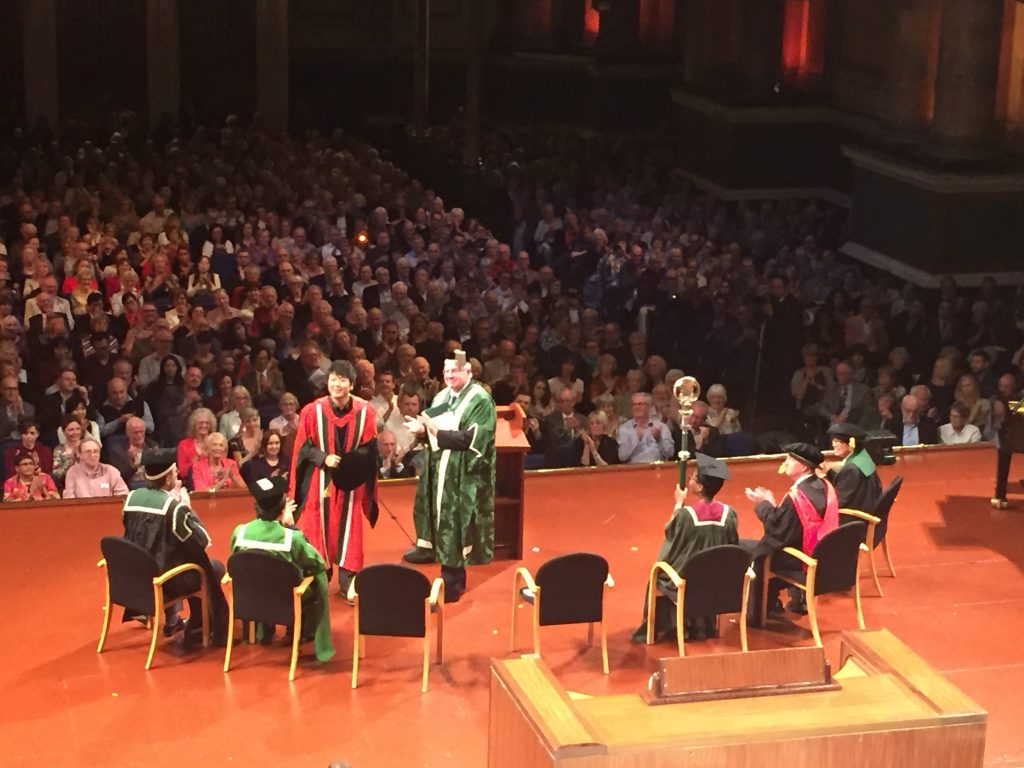
Lang Lang was awarded an honorary doctorate from Leeds University and he presented the prizes. Last time I’d seen him was in San Francisco – small world!
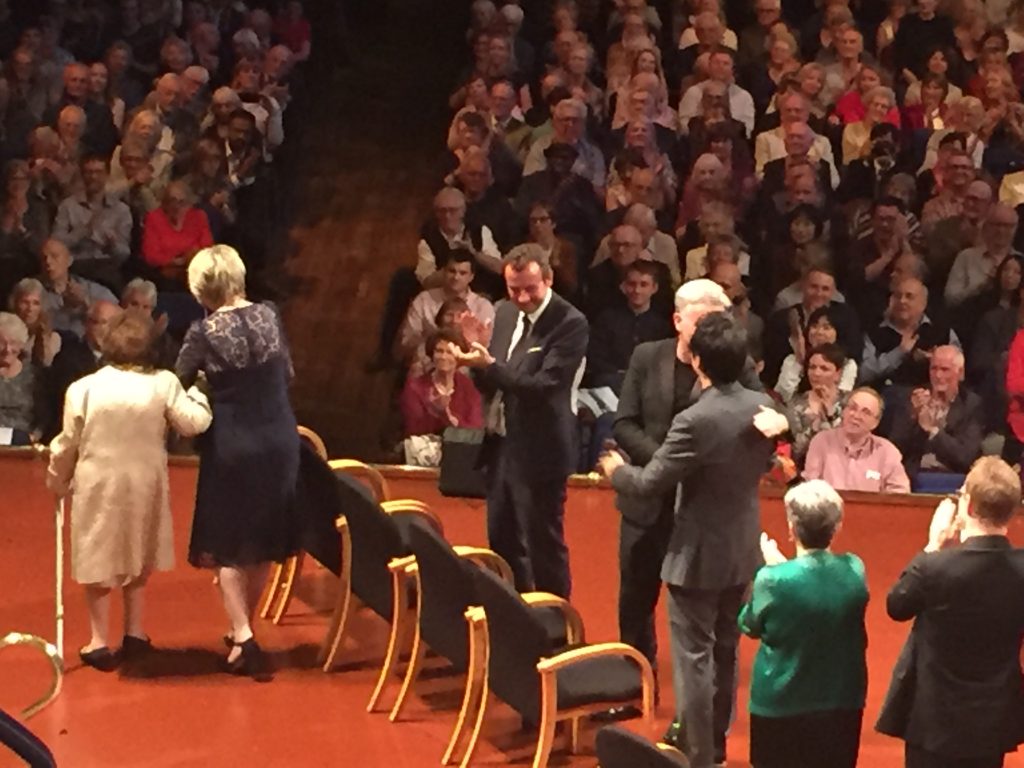
Dame Fanny Waterman, the founder of the competition in 1961, comes to the stage
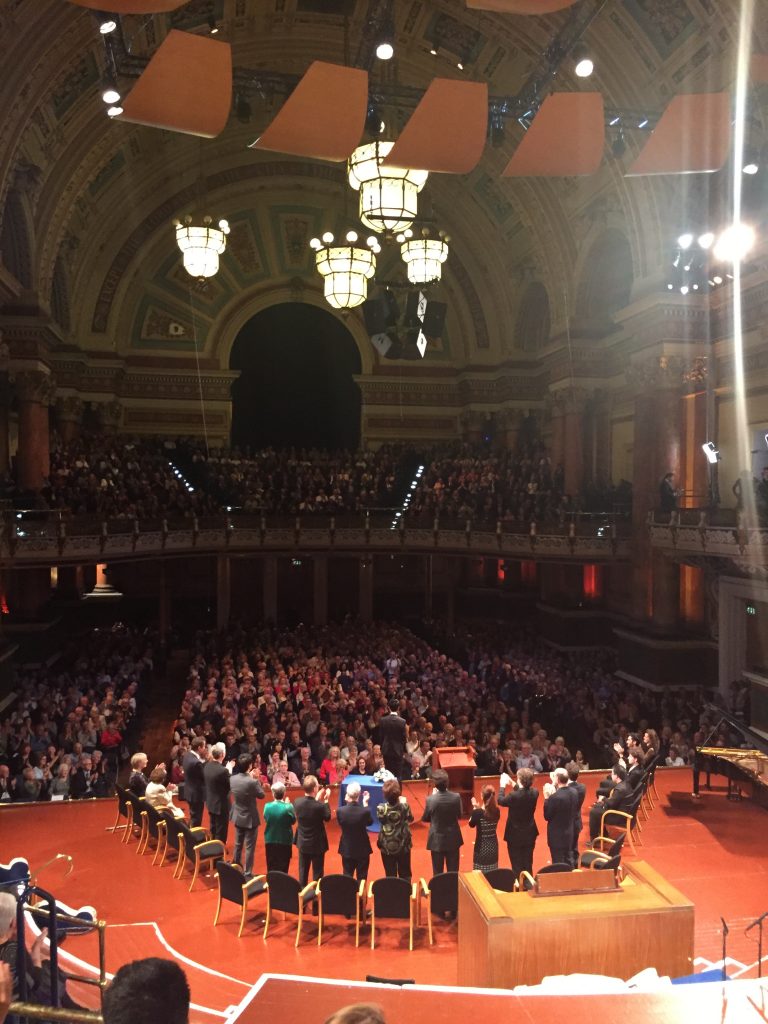
Applause for Eric Lu, the 20 year old American pianist who won the overall competition. I was fortunate to see his performance of the Beethoven 4th piano concert with the Halle orchestra under the baton of the charismatic Edward Gardner
© 2024 In Search of my Yorkshire Roots
Theme by Anders Norén — Up ↑
Recent Comments